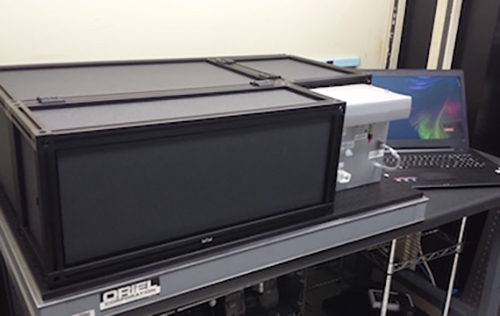Danube
Fluorescence Lifetime Flow Cytometer
In cell biology and cancer research, there is often the need to measure cellular processes, protein function, protein-protein interactions, or molecular transport with subcellular resolution. Fluorescence lifetime is a powerful tool that can provide this information. Traditionally, fluorescence lifetime techniques (such as FRET-FLIM) have been carried out on imaging platforms; however, the low throughput of microscopy severely limits the resulting efficiency of analysis.
The Danube combines many of the benefits of FLIM analysis with the inherent high throughput of flow cytometry. The most advanced fluorescence lifetime flow cytometer on the market, it provides direct, time-domain analysis of fluorescence lifetime, with the ability to measure multi-exponential decay on a cell-by-cell basis at a throughput of up to 1,500 cells/second.
The Danube works by generating extremely short interactions between the interrogating laser light and the cells in the sample. Each cell is probed dozens of times, with each excitation event lasting 4 ns or less. This capability, unique in flow cytometry, results in subnanosecond time resolution of fluorescence lifetime decay values, and the ability to measure lifetime changes in most of the fluorophores and fluorescent proteins in common use.
Working directly in the time domain, the Danube is also capable of simultaneously resolving multiple lifetime components within the same cell. This allows the differential quantification of lifetime changes of a given compound in the subcellular environment.
The Danube brings a new level of performance to cell analysis. By allowing the rapid measurement of subnanosecond lifetime changes across entire cell populations, it gives cell researchers a flexible and efficient new tool for the study of the subcellular environment.


Specifications†
Excitation Optics
Standard laser:
- 405 nm (400 mW)
- 488 nm (200 mW)
- 640 nm (200 mW)
Custom laser options (powers vary 50 – 300 mW):
- 375, 395, 420, 445, 460, 473, 505, 515, 633, 660, 685, 785, 850 nm
All sources pulsed at repetition rates 10 – 100 MHz
Emission Optics
Standard channels:
- FSC: 2 – 10°
- SSC: 90°, 1.25 NA
- 405 laser: FL1 (430/30), FL2 (470/30)
- 488 laser: FL3 (530/30), FL4 (580/30)
- 640 laser: FL5 (660/30), FL6 (710/LP)
Custom channel bandpass selections available for each custom laser option
Fluidics
Shasta dual hydrostatic pressure control:
- 8-L sheath capacity, pressure up to 30 psig
- injection rate: 0.2 – 20 µL/min
Signal Processing
Digital waveform sampling:
- up to 1.5 GHz bandwidth
- up to 10-bit resolution (raw data)
- up to 2.5 GS/s per channel
Offline signal analysis:
- multiexponential lifetime fit
Performance
Fluorescence lifetime:
- interaction time from 0.5 to 20 ns
- down to 500-ps lifetime resolution
- multiexponential decay
Sensitivity (488-nm excitation, 530/30-nm channel):
- FITC ≤ 200 MESF (typ.)
- 7/8 Spherotech Rainbow bead peaks
- CV 4% (typ.)
Throughput:
- 1,500 events/s (single channel)
Installation Requirements
Dimensions:
- 24” x 36” x 10” (W x L x H) (separate sheath and waste tanks)
Weight:
- 160 lbs. (1-laser, 4-detector system)
Environmental:
- 15°–30°C, 60% RH
Power:
- North America: 120 VAC, 50/60 Hz, 5A
- Japan: 100 VAC, 50/60 Hz, 5A
- Rest of world: 230 VAC, 50/60 Hz, 3A
KRCDS.Danube.1v6
† For Research Use Only. Not for diagnostic use. Specifications subject to change without notice.
The Danube, or use thereof, may be covered in whole or in part by patents in the U.S. and other jurisdictions. A current list of applicable patents can be found here.

